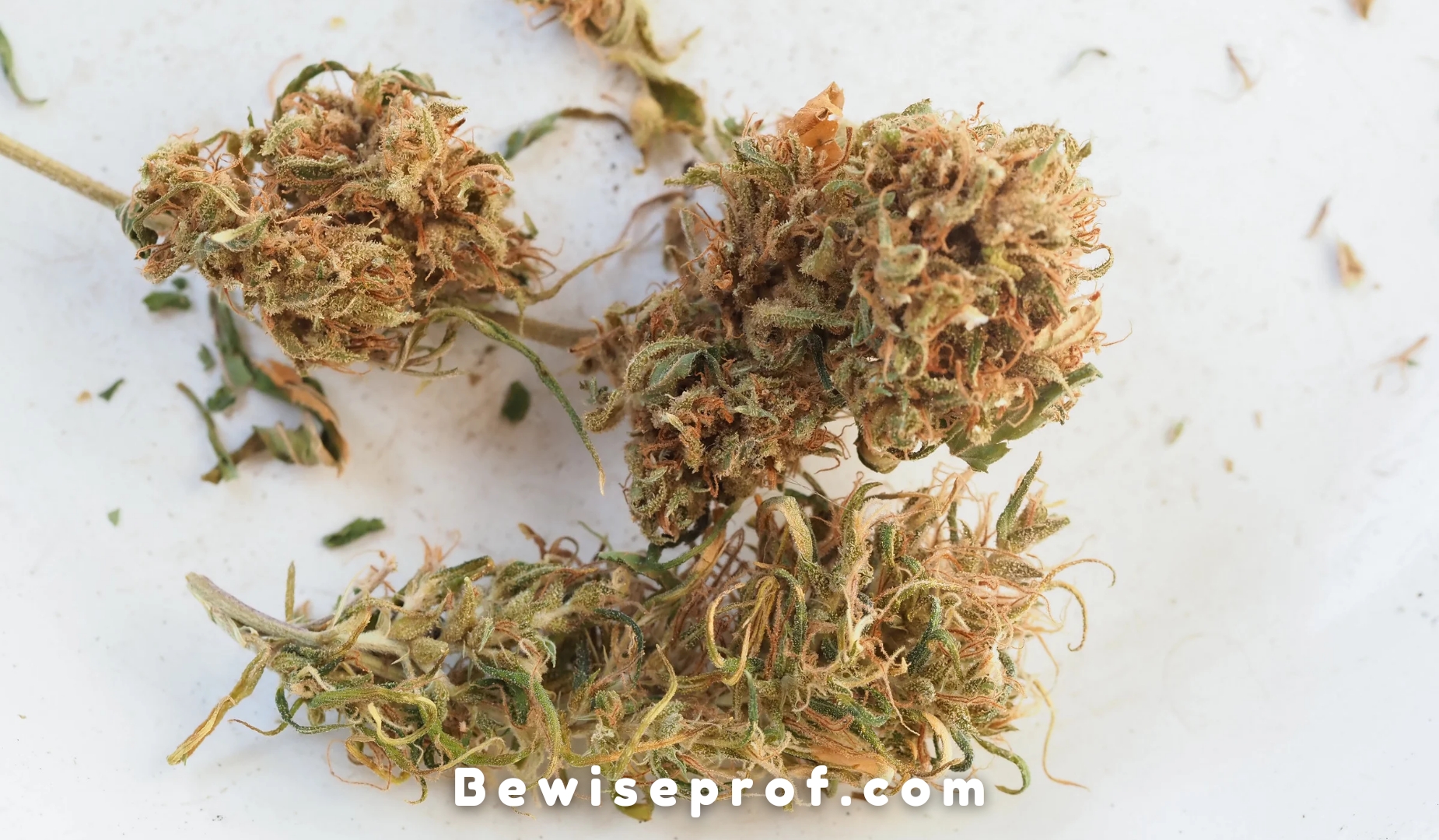Sativa strains are a prominent category of cannabis varieties known for their energizing and uplifting effects, distinct characteristics, and diverse therapeutic potential. In this comprehensive guide, we will delve into the world of sativa strains, exploring their origins, unique properties, medical benefits, cultivation techniques, and popular strains.
Understanding Sativa Cannabis Varieties
Sativa is one of the two primary subspecies of the cannabis plant, alongside indica. Sativa strains are typically associated with tall, slender plants characterized by narrow leaves and longer flowering periods compared to their indica counterparts. These plants originated in regions with equatorial climates, such as parts of Africa, Southeast Asia, and Central America, where they adapted to thrive in warm, tropical environments.
Distinct Characteristics of Sativa Strains
Sativa strains are renowned for their stimulating and invigorating effects, making them popular among cannabis enthusiasts seeking an uplifting experience. Sativa-dominant varieties are often prized for their ability to promote creativity, focus, and sociability, making them ideal for daytime use or activities that require mental clarity and energy. Additionally, sativa strains are known for their aromatic profiles, which can range from fruity and citrusy to earthy and spicy, adding to their allure.
Medical Benefits of Sativa Strains
Beyond their recreational appeal, sativa strains offer a range of potential therapeutic benefits for medical cannabis patients. Due to their uplifting and mood-enhancing effects, sativa-dominant varieties are commonly used to alleviate symptoms of depression, anxiety, and stress, providing users with a sense of euphoria and well-being. Sativa strains may also offer relief from fatigue, chronic pain, and nausea, making them suitable options for managing a variety of medical conditions.
Cultivation Techniques for Sativa Plants
Cultivating sativa strains requires careful attention to environmental factors, as these plants have specific needs compared to their indica counterparts. Sativa plants thrive in warm, sunny climates with ample space to grow vertically, making them well-suited for outdoor cultivation in regions with long growing seasons. Indoor growers may need to provide supplemental lighting and adequate ventilation to accommodate the tall stature and extended flowering times of sativa plants.
Popular Sativa Strains
There are countless sativa strains available to cannabis consumers, each with its own unique characteristics and effects. Some popular sativa-dominant varieties include:
Jack Herer: Named after the renowned cannabis activist, Jack Herer is prized for its uplifting and cerebral effects, accompanied by a spicy, pine-scented aroma.
Sour Diesel: Known for its potent diesel-like aroma and energizing effects, Sour Diesel is a favorite among cannabis connoisseurs seeking a boost in creativity and motivation.
Green Crack: Despite its controversial name, Green Crack is celebrated for its invigorating effects and sweet, fruity flavor profile, making it a popular choice for daytime use.
Durban Poison: Originating from South Africa, Durban Poison is cherished for its clear-headed and euphoric effects, as well as its sweet, earthy flavor with hints of pine and citrus.
Super Silver Haze: A multiple award-winning strain, Super Silver Haze combines genetics from Skunk, Northern Lights, and Haze to produce a potent sativa experience characterized by its uplifting and euphoric effects.
Potential Side Effects and Considerations
While sativa strains offer numerous benefits, it’s essential to be aware of potential side effects and considerations associated with their use. Some users may experience heightened anxiety, paranoia, or racing thoughts when consuming high-THC sativa strains, especially in large doses or if prone to anxiety disorders.
Additionally, sativa strains may increase heart rate and blood pressure, posing risks for individuals with cardiovascular issues. It’s crucial for users, especially those new to cannabis, to start with low doses and gradually increase consumption to assess individual tolerance levels and minimize adverse effects.
Legal Considerations and Accessibility
The legal status of sativa strains varies depending on jurisdiction, with some regions permitting recreational and/or medical cannabis use, while others maintain strict prohibition laws. Individuals interested in accessing sativa strains should familiarize themselves with local regulations regarding cultivation, possession, and consumption to ensure compliance with the law.
In addition to this, accessibility to sativa strains may be limited in areas where cannabis remains illegal or heavily regulated, leading some consumers to rely on illicit sources or explore alternative options such as hemp-derived CBD products, which are legal in many regions. As attitudes towards cannabis continue to evolve globally, it’s essential for users to stay informed about changes in legislation and advocate for responsible cannabis policies.
Conclusion
In conclusion, sativa strains represent a diverse and dynamic category of cannabis varieties prized for their energizing effects, distinct characteristics, and therapeutic potential. Whether used for recreational enjoyment or medicinal purposes, sativa-dominant strains offer users a unique experience that stimulates creativity, uplifts the mood, and promotes a sense of well-being.
By understanding the origins, properties, cultivation techniques, and popular strains of sativa cannabis, enthusiasts can make informed choices and appreciate the diverse array of options available in the world of cannabis.
